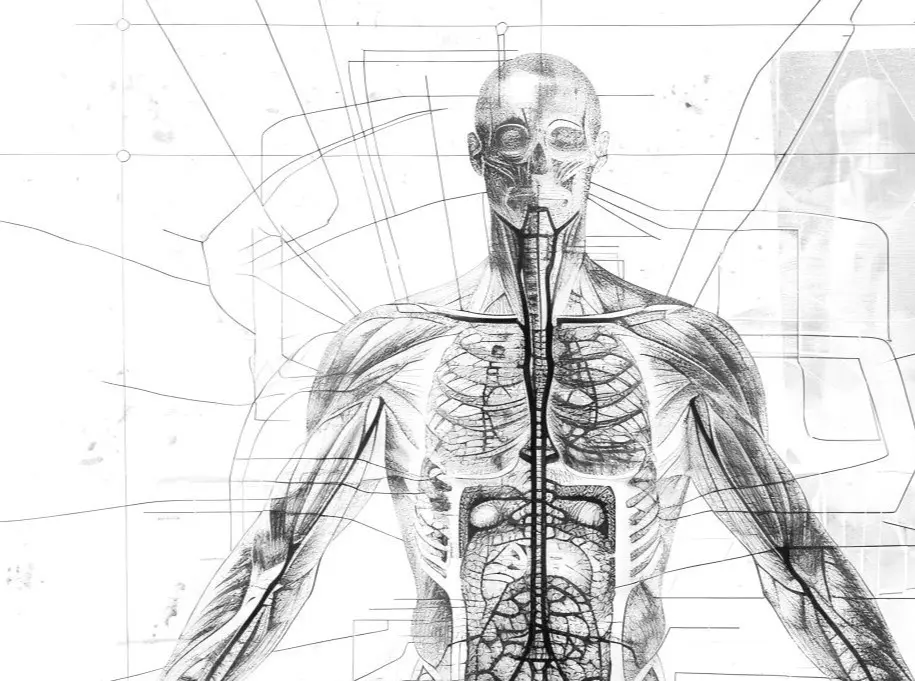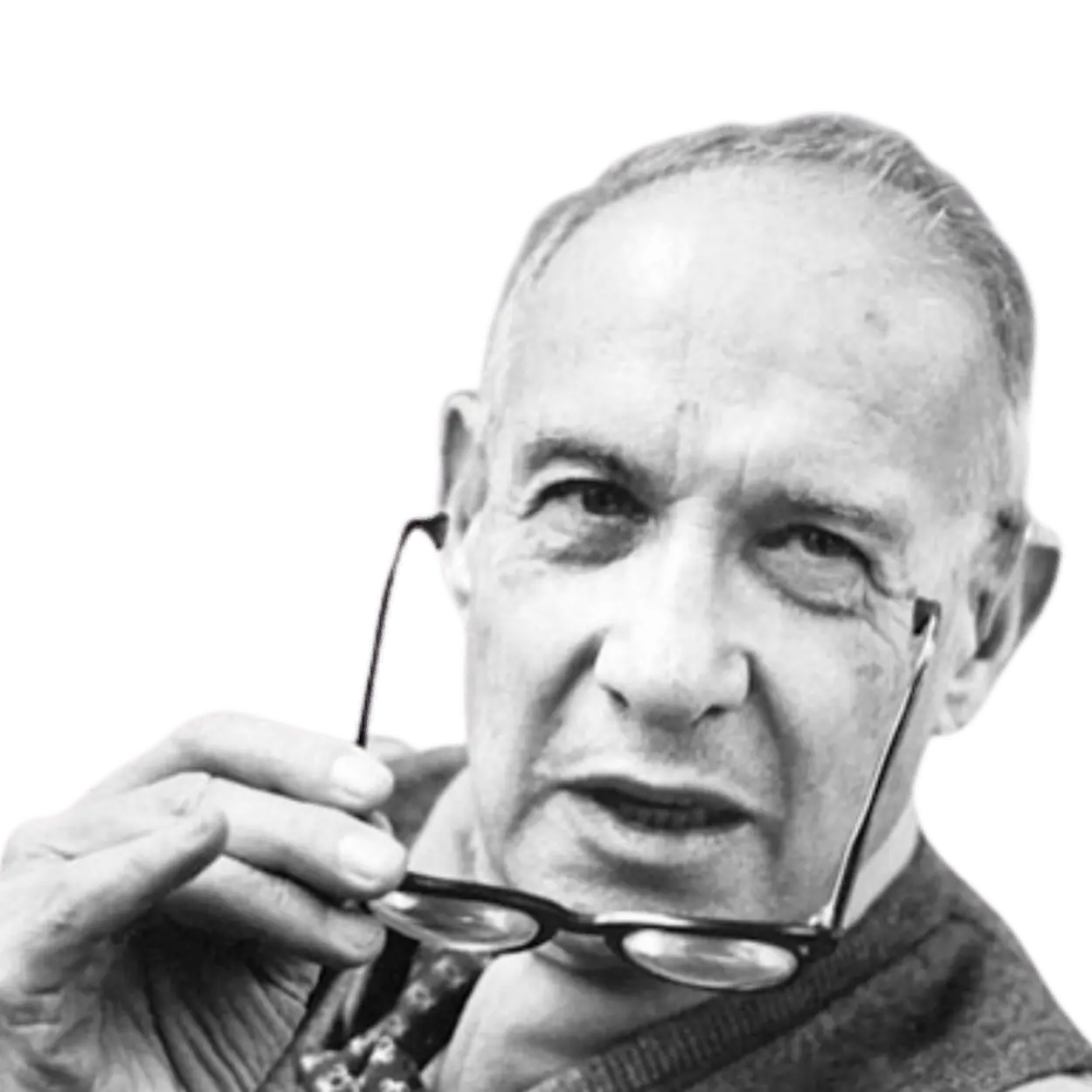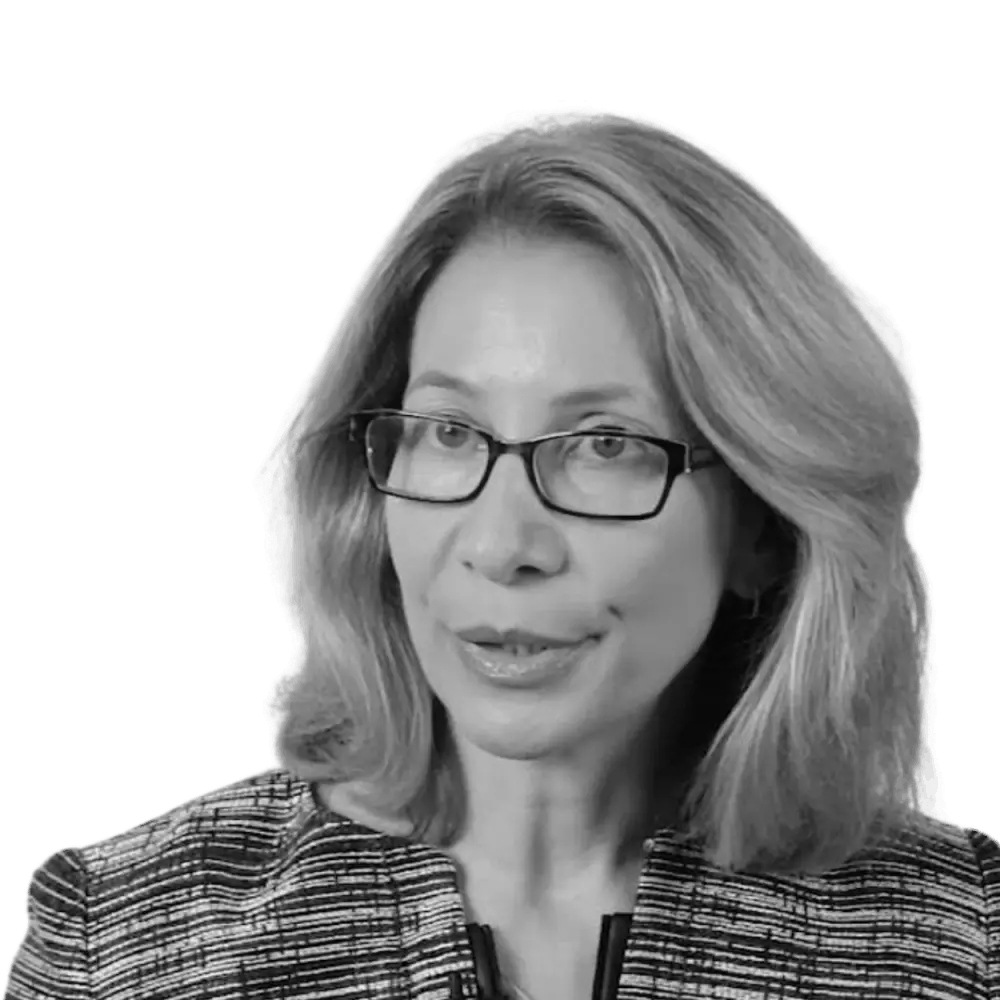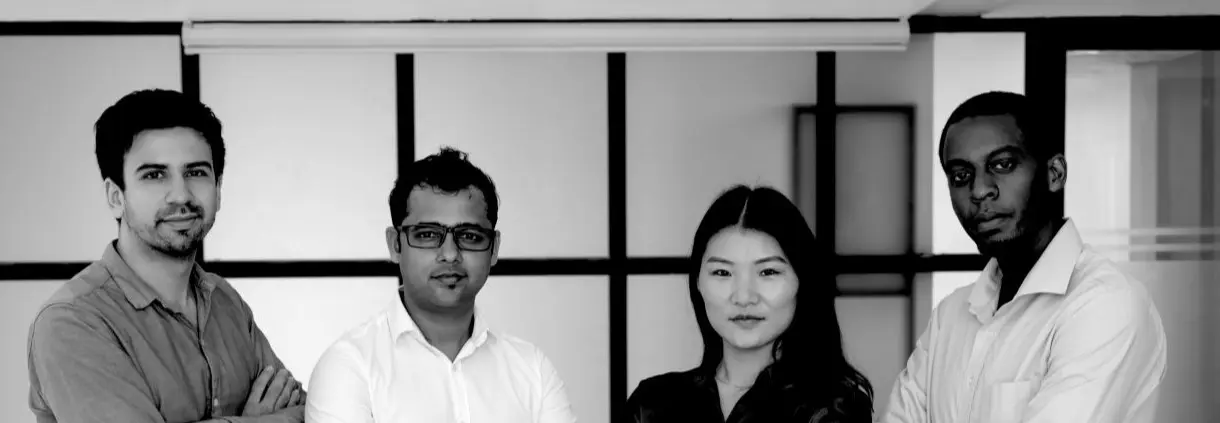
An organization enables groups to outperform individuals in terms of the effectiveness efficiency, and make it possible to do things that no individual acting alone could accomplish.
Structure refers to the relationships among parts of any system. For example, relationships between bones, organs, blood, and tissue structure of a human body and enable all the desired functions – mobility, digestion, respiration, circulation, etc. Due to the harmony with which the parts of the body function with respect to the relationships, the human body functions well with its ability to ‘self-organize’. When parts of the system do not function well, the ‘self-organize’ ability gets affected, and the body needs external support like medicine or other procedures.






